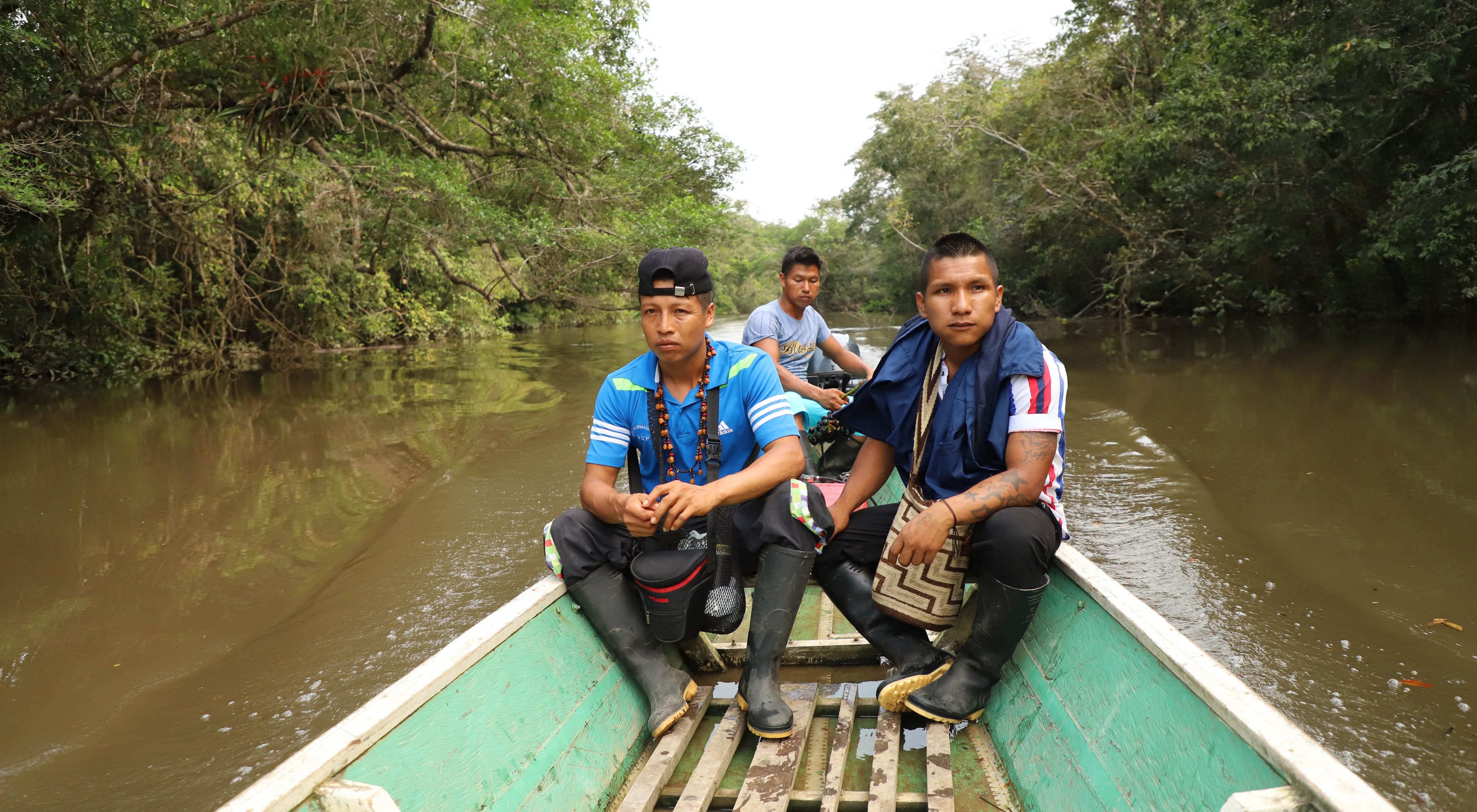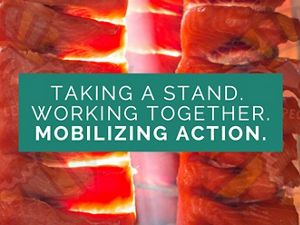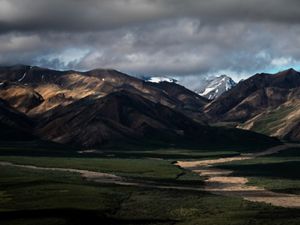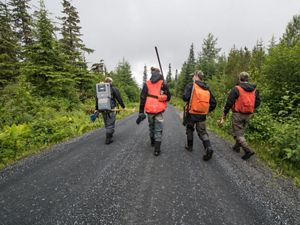Conservation has evolved. It is no longer just about drawing lines on a map or creating external incentives to discourage natural resource extraction. It is increasingly about partnering with the people who live in and around areas of ecological significance, who rely on these areas for their livelihoods, for cultural practices or for social and psychological well-being, people who possess valuable knowledge of these areas and are best positioned to steward them for the long-term.
A significant proportion of the world’s biodiversity can be found on the lands and in the waters governed by Indigenous Peoples and local communities, which makes them critical allies in the race to achieve ambitious nature protection goals, such as protecting 30% of the planet by 2030 (“30x30”). But it takes time and patience to go beyond conventional, top-down conservation approaches and to adequately invest in strategies that facilitate lasting benefits for both people and nature.
An equitable, inclusive approach to conservation is fundamental to The Nature Conservancy’s Voice, Choice, and Action (VCA) Framework, which guides TNC’s work with Indigenous Peoples and local communities around the world. A new study, published in Conservation Biology, tested the principles of the VCA framework. It identifies important elements associated with successful community-based conservation projects from Latin America, Africa and Asia and across terrestrial, marine/coastal and freshwater ecosystems.
Here are a few takeaways:
Supportive National Contexts
Projects have a greater chance of success in countries with national contexts that are supportive of local governance and effective management of territories and resources. These contexts facilitate communities’ access to information, provide legal support on environmental matters, increase participation in political and decision-making processes, and ensure the right to give or withhold consent for actions that would affect communities.
Local Capacity-Building
Strong community leadership and institutions can motivate collective action and increase the durability of conservation strategies. Investments in local capacity-building can help offset challenging national contexts and build social cohesion in places where there are conflict or trust issues.
Local capacity-building can also improve the outcomes of strategies, like property titling, which are more effective when implemented in combination with other strategies.
Diversification of Livelihoods
Strategies aimed at diversifying local economies, such as creating alternative occupations or new methods of pursuing current income-generating activities, improve project success. Compensation-based strategies, where payments are used to incentivize reduced resource extraction and environmental protection, demonstrate less success.
Why Do These Strategies Matter?
“Many places prioritized for conservation investment over the next decade are going to continue to put conservation organizations at an intersection with Indigenous Peoples and local communities,” says Brandie Fariss, the study’s lead author and a social scientist at TNC.
“Conservation organizations need more research like this to inform their work. Novel approaches like building trust and investing in social capital may not come naturally to some conservation practitioners, but they can be important strategies to consider given the context-dependent and multifaceted nature of community-based work.”
Collaborative conservation often requires more time and effort, but evidence shows the investment can result in more durable, longer-lasting solutions that benefit both people and nature. Indeed, we cannot meet ambitious goals to protect 30% of the world’s marine, freshwater and terrestrial ecosystems without it.
“As we seek to partner with Indigenous Peoples and local communities,” says Andrea Akall’eq Burgess, TNC’s global director of conservation in partnership with Indigenous Peoples and local communities, “we need evidence of what works to ensure positive outcomes for people and nature, and we must come ready to listen and learn. Through a combination of science, local knowledge and leadership, we can co-create strategies that last.”
Global Insights
Check out our latest thinking and real-world solutions to some of the most complex challenges facing people and the planet today.




